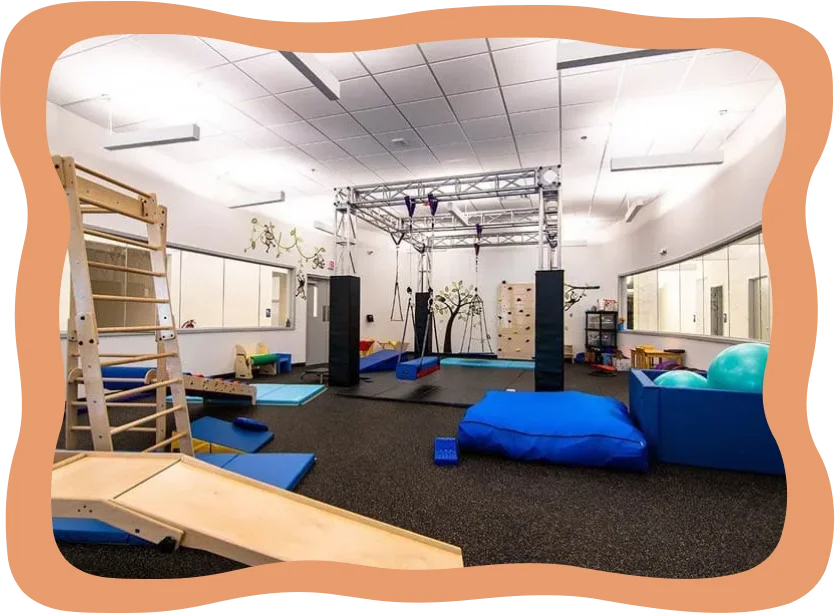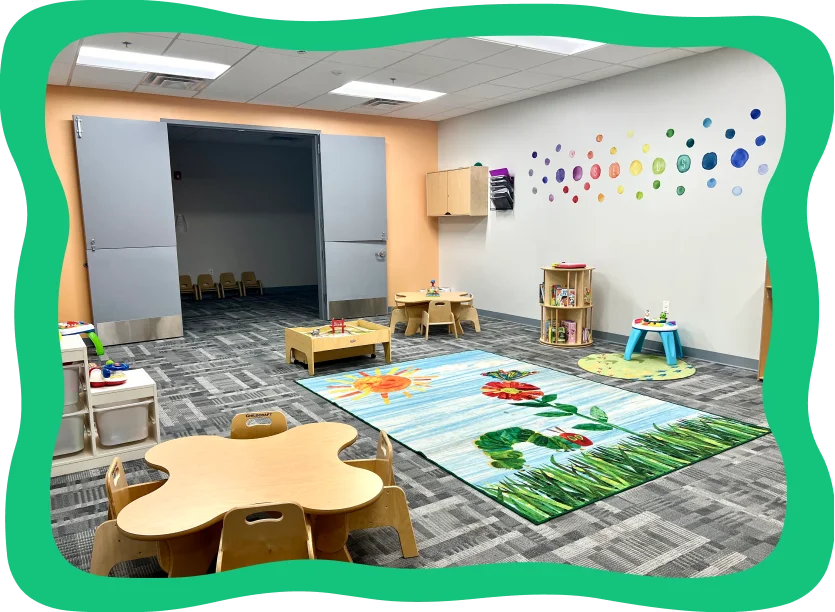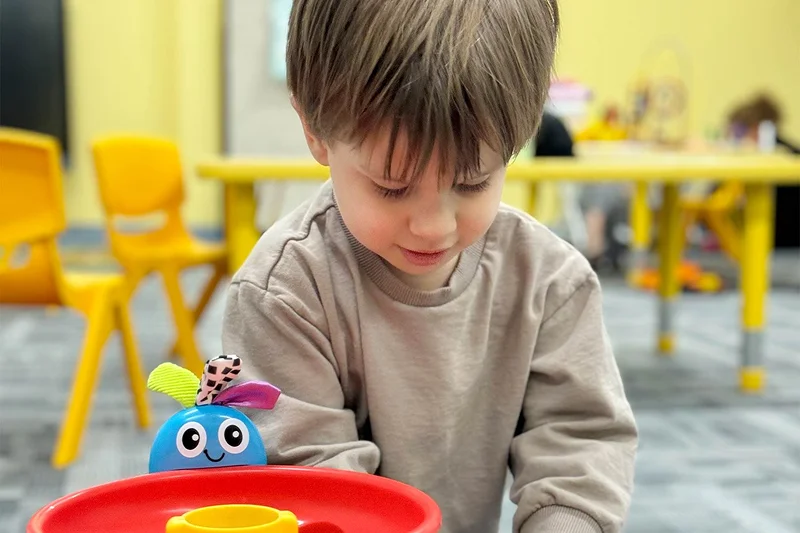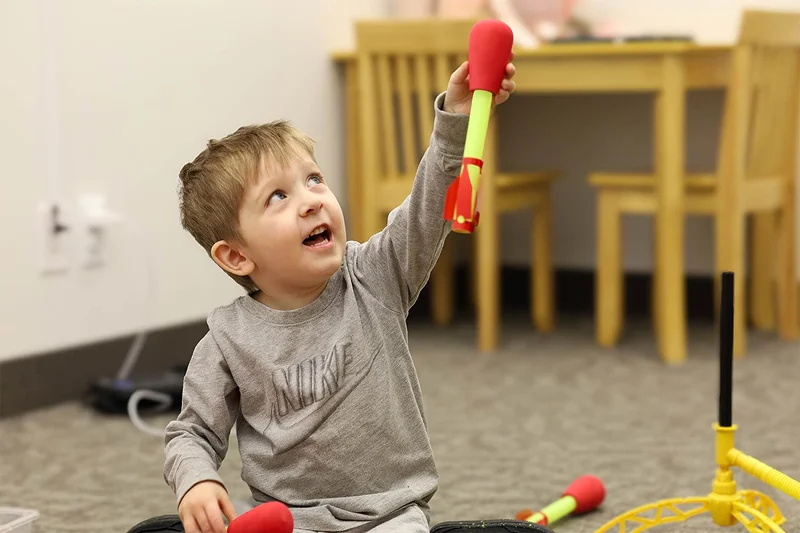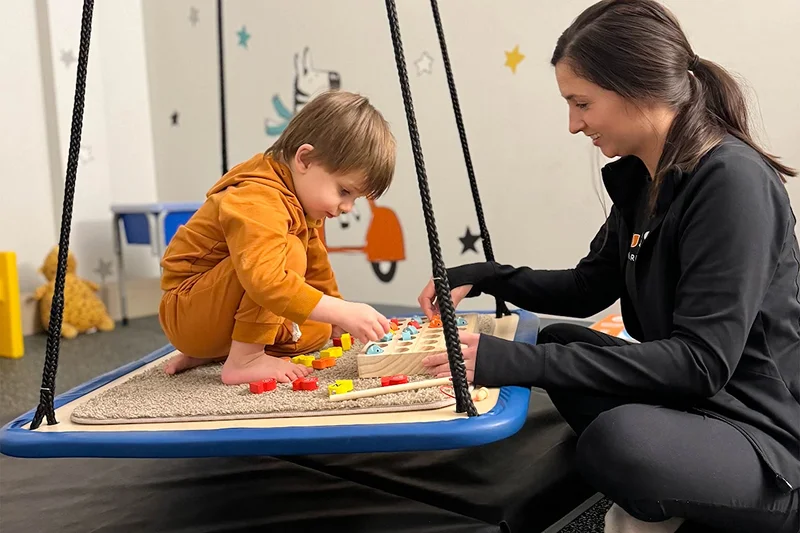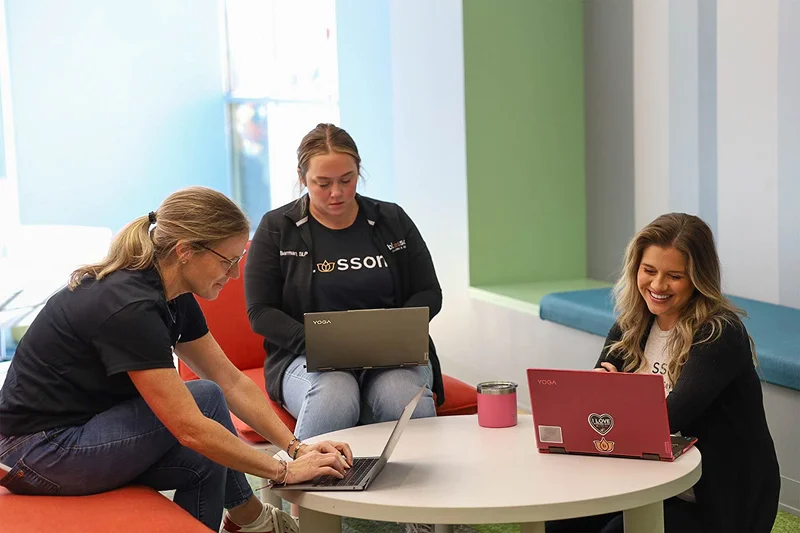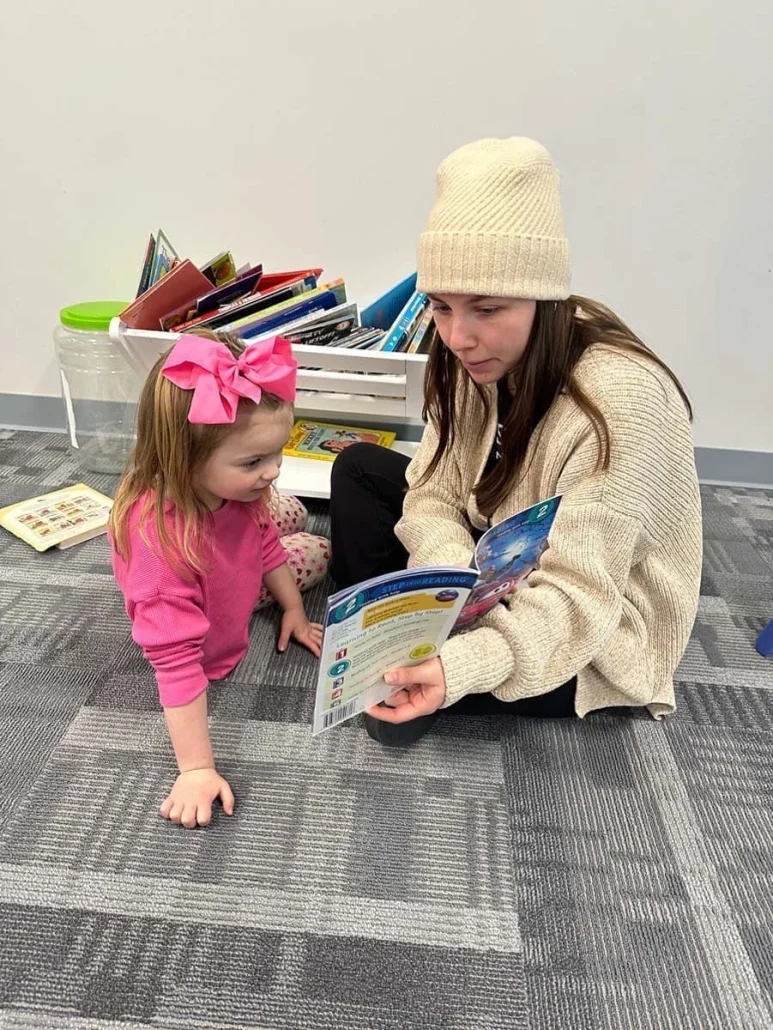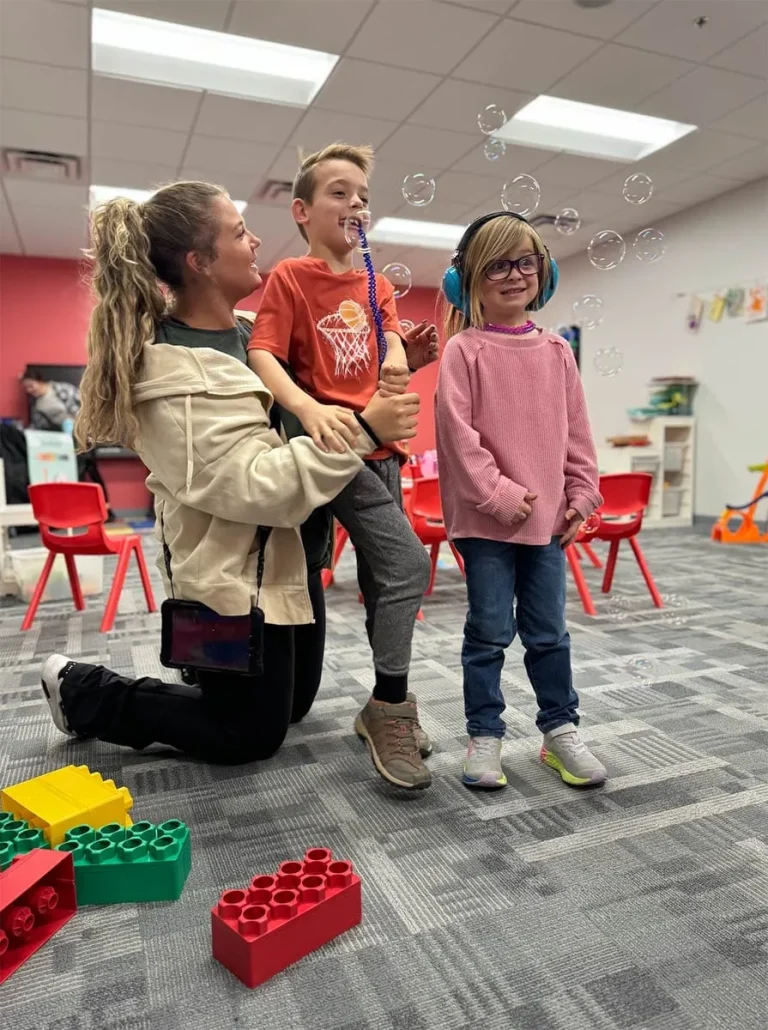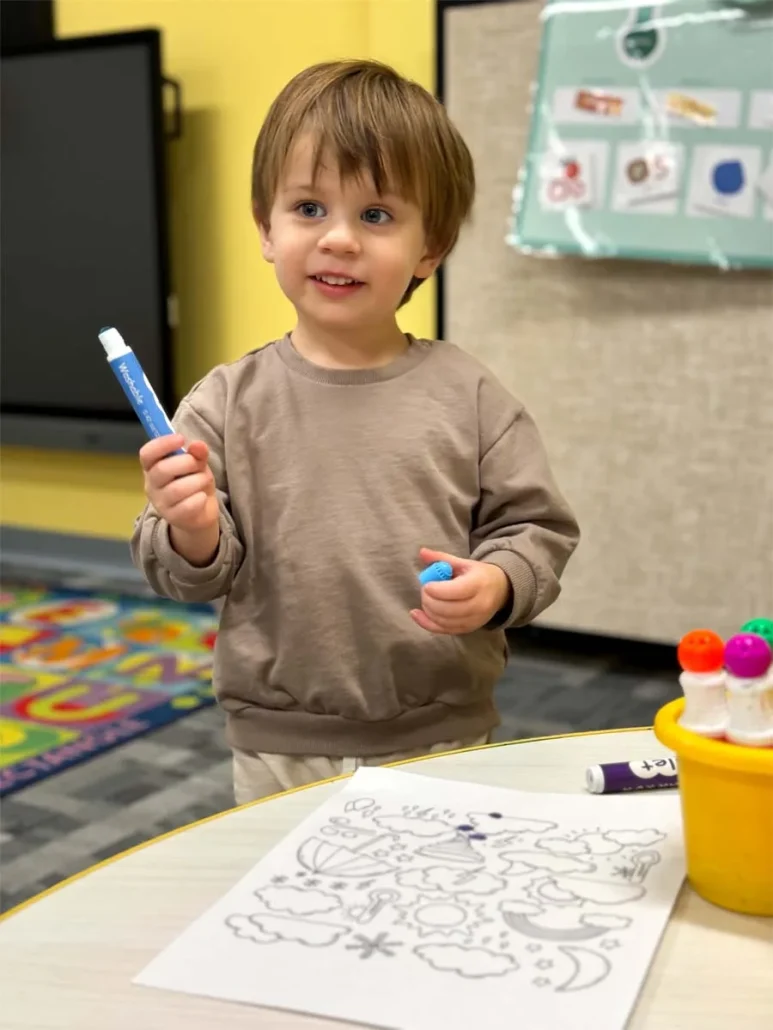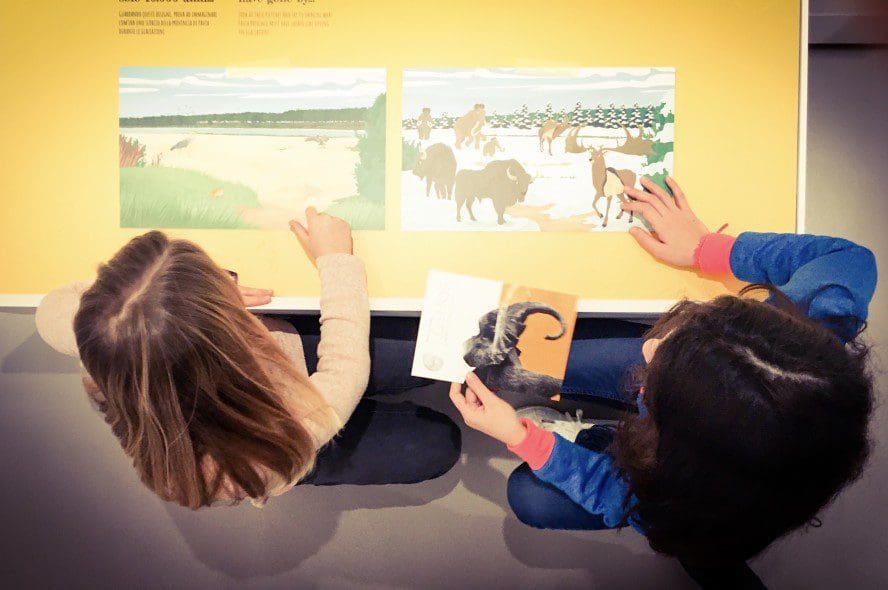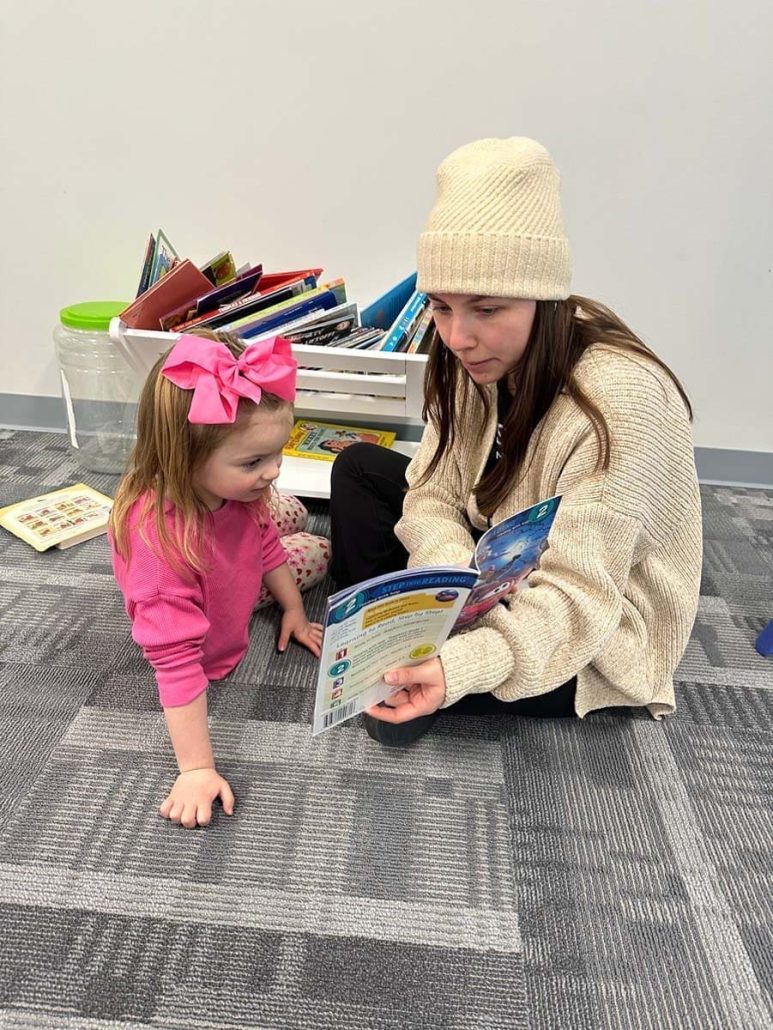If your child has recently been diagnosed with Autism Spectrum Disorder, you are likely still processing the overwhelming amount of information you’ve been given. We know it’s a lot to take in, and we want to help make this time a little less difficult for you. At Blossom Children’s Center, our team is made up of compassionate, family-first individuals who are dedicated to helping in any way we can. Finding a center and therapists that are the right fit for your child, as well as your family, can be a stressful task. With an abundance of information and resources right at your fingertips, what is meant to be helpful may actually seem mind-boggling right about now. Let us walk you through some ABA therapy information that will be most beneficial for you to get started.
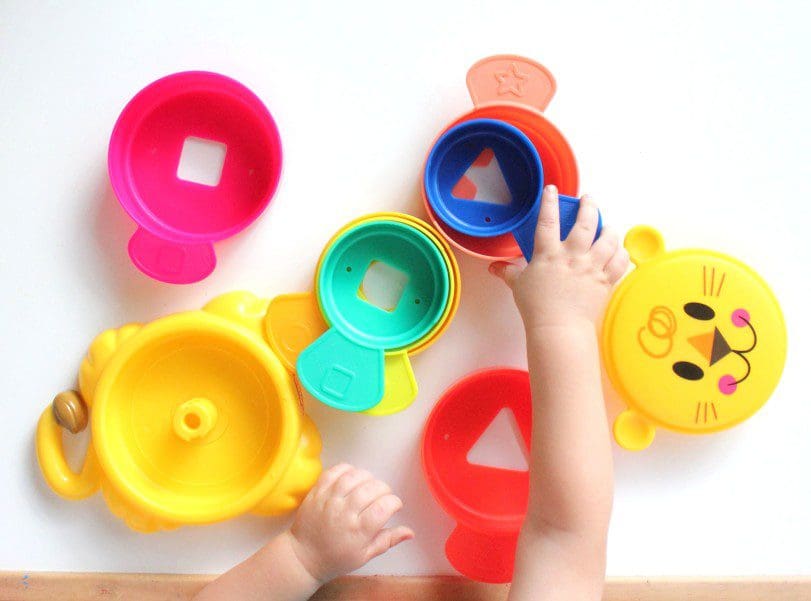
What is ABA Therapy?
Chances are you’ve heard or read a bit about ABA therapy at this point. Regardless of how much you recall or understood, take a deep breath and let us guide you through the basics from the beginning.
ABA, or Applied Behavioral Analysis, is a scientifically validated therapy that provides a better understanding of how your child’s behaviors can be affected by his environment. It also takes an in-depth look at how learning and behavior take place. It focuses on using a reward system meaningful to each child in order to replace an undesirable behavior with a wanted one. This method of therapy provides a way to take a more personalized view of your child’s behaviors and skills in their real-life circumstances. ABA therapy encourages and even depends on your participation as the parent, in order to help your child form lasting changes. Working together with your child and therapist will reinforce these positive behaviors while replacing those that may cause harm or interference with their ability to learn. ABA therapy spans many areas, including:
- Social skills
- Self-care skills
- Home environment
- School environment
Why Positive Reinforcement?
Back in the ‘60s and ‘70s (and even well into the ‘80s), punishment was seen as a quick and effective way to bring about behavioral changes in individuals with autism. Autism was greatly misunderstood and often associated with having a psychiatric disorder. It took years for science to show that through positive reinforcement, skills and behaviors could be learned or replaced successfully and have long-lasting effects. ABA therapy took on a new approach which no longer believed abusive treatment and punishments were the way to get desired results.
How Can ABA Therapy Change Behavior?
The first question on every parent’s mind is how ABA therapy can change or modify your child’s behaviors. Positive reinforcement plays a crucial role in ABA. Using the most meaningful rewards that resonate with your child creates an individualized way to make a significant difference. For many children on the autism spectrum, this has offered positive, long-lasting results in social skills, academic improvements, quality of life, and life-skills in general.
When a necessary change in behavior is needed, a special reward is given, but only after your child uses the new, positive behavior. The use of a reward system made up of items or privileges your child finds most meaningful makes the desired behavior more likely to be repeated. The end goal is for these individualized rewards to be more encouraging and eventually result in a new, positive outcome. On the other hand, when the wanted behavior or skill isn’t completed successfully, the reward is not yet given. The process is repeated, allowing your child the time needed to learn and adapt to the new skills and behaviors.
Are There Specific Behaviors ABA Therapy Focuses On?
When we talk about changing behaviors through ABA therapy, it can often be misinterpreted as a way to target poor behavior. This isn’t the case. ABA strives to create new, helpful behaviors across all aspects of your child’s life. For some, communication skills are a major focus. Creating a behavior that allows your child to express his feelings or ask for help more effectively is one such goal. You’ll find it can be beneficial when learning or changing behaviors and skills in his grooming or other self-care abilities. Social skills are another common area many therapists work on. Increasing social skills can help your child communicate with, work with, and share with his peers. Whether in a school setting or a play group, ABA offers a way for your child to form the social skills that can help him thrive in group settings in any environment.
Why Early Intervention is Best
Early intervention makes a tremendous difference in the lives of children with Autism Spectrum Disorder. When ABA therapy is introduced at a younger age, preferably implemented before four years old, success rates are much higher. Working with your child early on allows behaviors to be modified before they have time to set in as habits and take longer to relearn. Early intervention also allows your child’s therapist to begin introducing new and helpful self-care and social skills while building on them to strengthen their repetition. ABA is also very successful when carried out in the child’s home. This means early intervention typically allows therapy to begin before your child has entered an educational setting or a social environment he may not be prepared for.
How Does ABA Prepare My Child for the Classroom?
We want your child to find success in school as much as you do! This is another reason we advocate for early intervention. By having a head start, your child’s therapist has the opportunity to work on classroom readiness. This includes academics as well as social skills and daily life skills. Your child will work on skills including:
- Potty training
- Feeding
- Coping skills
- Social skills with adults and peers, including group settings
- Communication skills
Preparing your child before entering the school environment can significantly increase his success and ability to better adapt to his new environment.
But Isn’t My Child Just Playing?
A common and very successful method used in ABA therapy is to work on social skills and behavior changes through play. If you take into consideration the obstacles a young child with autism faces before even beginning a therapy session, this will make more sense. Many children deal with short attention spans, sensory issues, and communication barriers; not to mention the frustrations these can all bring about for a young one. Now add to this a day at daycare or school. Can you then imagine requiring your child to sit still in a rigid setting to learn new skills repetitively?
Now imagine a young child being encouraged to move freely in his natural environment or explore throughout an inviting room at a child-friendly center. He is more likely to succeed in this type of setting since it offers a more natural feel. It also allows his therapist to observe behaviors and social skills that may need adjustment, as well as introducing new behaviors and skill sets in a less stressful way. This “play” time allows your child to implement new behaviors while going about his natural, daily behavior of play.
And don’t be fooled by the appearance of play! Our highly trained therapists are well-versed in play therapy. Think of play as a type of language that most children can understand and relate to; allowing them to also learn through this time. Our therapists can use play therapy to work with your child if he is not yet at the level of engaging in play. You’ll come to find we take every moment in ABA as a teaching moment.

Your Role in Your Child’s Therapy
ABA therapy will not be your typical “wait in the lobby” session. Your participation in your child’s sessions is strongly encouraged and incredibly helpful. Since each child’s needs are different, their goals are as well. ABA is centered around individual needs, so your input is invaluable. You can provide your child’s therapist with an enormous amount of insight. What are your child’s strengths and weaknesses? Likes and dislikes? You can share your knowledge on triggers, daily routines, and areas of concern. No matter what, you are your child’s best advocate and offer a wealth of valuable information to his therapists.
ABA at Home
An active parent continues therapy at home. This means you have the power to help encourage new behaviors by applying what is learned during therapy to his home environment. Now before you wonder if you have what it takes, rest assured, you will learn strategies and techniques during your child’s sessions. This will allow you to continue the work after sessions are over. By seeing it in action and noting the effect it can have on his learning, you’ll be able to carry out ABA practices in your daily routines. Being an active parent during sessions helps you gain confidence and the skills needed to strengthen the recurrence of newly learned behavior. By practicing positive reinforcement in all areas, including dressing, toileting, and other self-care duties, you will set him up for greater success.
Continuing to apply learned skills after sessions can help your child experience less confusion. If his therapy sessions are in sync with his regular daily routines and environments, you are helping to strengthen and reinforce all efforts made during ABA therapy. Consistency is key in developing and achieving the goals you all have set for him. While we know structure and routine are beneficial to children with autism, incorporating ABA into all areas of his day have proven to be a practical method that can produce life-changing results.
Play at Home
We know this can be a tremendous amount to take in. We often hear parents express their concern that they “aren’t doing it right” or don’t know where to begin after they leave their first session. You are never alone! ABA therapy is about working as a team to help your child grow, and that includes arming you with the tools you need too.
Implementing these newly learned skills at home can be as simple as playing a game to practice strengthening what was learned. Is your child working towards communication skills? Play a little game of Simon Says. Have your child study your expressions and poses. Help him learn to read and mimic what your body language is demonstrating. And don’t forget your meaningful positive reinforcement! In the middle of a game, this can be as simple as a high five or verbal praise. The important part is providing the positive reward that motivates him most to help strengthen his actions and social skills.
Keep Lists
As you work through more sessions, you’ll develop a sense for what’s working well and what can use more fine-tuning. A handy tip is to keep lists or a notebook of questions, achievements, and even struggles. These lists can help build your toolbox while you’re still navigating your way as well! Try a few of these tips:
- Concentrate on goals you and his therapist have set, as well as goals he is now doing well or has even mastered. These can be great go-to skills and behaviors to start with.
- What have you noticed motivates your child the most? Have you tried new rewards, and how did they work? Keep track and share these at your next session.
- Are there activities you’ve noticed your child prefers? Perhaps there are some that spark more desired behaviors than others? These are always good to note.
- Have fun! Enjoy this bonding time with your child and make praise a part of every task well-done!
Here at the Blossom Children’s Center, we offer a dynamic, all-encompassing approach to help your child succeed. With additional services available for your child within our center, we are ready to answer all of your questions. While working with your entire family, our team of trained therapists and loving staff will assist and support you on your journey. Find out why the Blossom Method is the preferred choice for children with autism and related disorders by calling us today!
